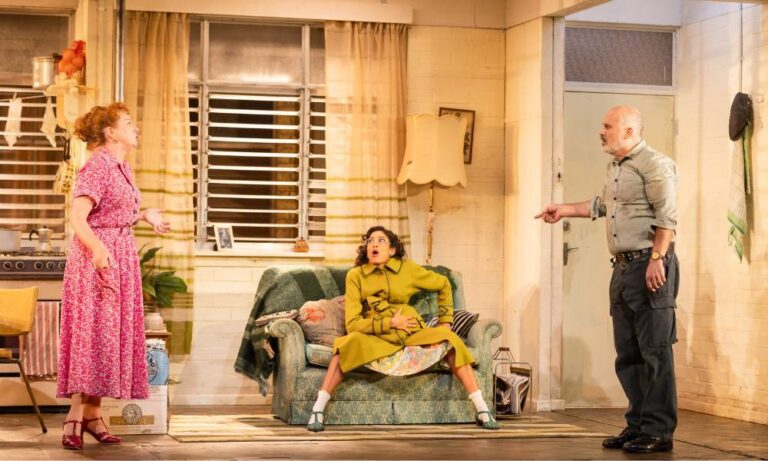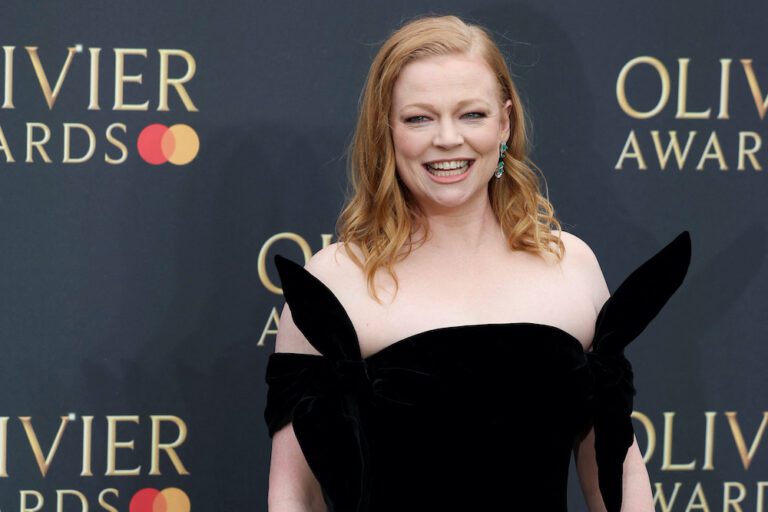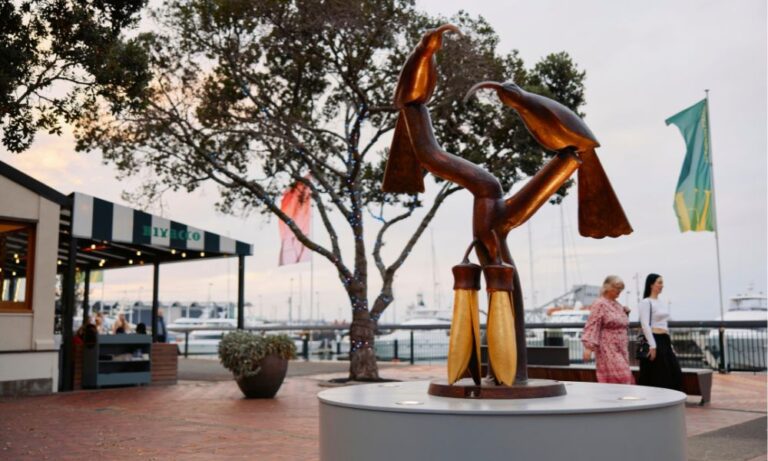A few years ago Waiheke-based artist Burnett-Rose noticed many of her friends’ marriages breaking up, while experiencing difficulties in her own, and subsequently went into deep research on the subject of love.
Burnett-Rose (also known as Ella Rose) has written the script for her film Love & Dreaming in a philosophical film essay-style, which is divided into ‘chapters’, with musical ‘meditations’ at the end of each rather philosophically intense section. Working with many layers of overlaid film, and multiple screen edits of Hollywood imagery.
“It is too easy to be seduced, distracted, and yes, ‘programmed’ by the glamour and beauty of film, augmented as it is by lush soundtracks, gorgeous actors, and exciting fast editing,” Burnett-Rose says.
The central thesis of all of Burnett-Rose’s art practised over the last ten year lies in the recognition that media ideas, stories, imagery, and beliefs actually have the power to create psychological reality for all of us who consume it unselfconsciously as our ethereal daily bread.
Her previous works have examined and responded to the way the media frames alcohol or the effect of travel on culture, or the belief systems around war, all areas of personal interest and experience. This installation is the most openly personal work she has done so far.
“After a year of reading everything I could get my hands on, from philosophy to psychology, to history, sociology and anthropology, with poetry and religion thrown in, and after watching literally thousands of films, TV shows, adverts, pop videos, and documentaries, I came to the conclusion that it was not so much that we were struggling with each other, but that we are suffering from a toxic dose of love poisoning, coming as we do from a culture that glorifies and undermines love in the very same cinematic breath,” she says.
“Our inherited and contradictory cultures of the 50s and 60s clash. With their emphasis on the one hand of the nuclear family, fidelity, self restraint, consumerism and an ingrained respect for society, and on the other, free love, promiscuity, experimentation, hedonism, and an inherent disrespect for authority,” she says. “These contrary belief systems are utterly embedded even in films now, in the 21st century, torn between hyper sexualisation and romance.
“We are ‘programmed’ to desire ‘one true love’, but expected to do so in a media drenched environment that is rapaciously stimulating our sexual drives and fantasies more than has ever happened in history. Surrounded by temptation, distracted by the joys and stresses of rampant consumerism, and deeply instilled with romantic values that are inherently flawed, relationships are grounding like a fleet of Titanics that almost seem designed to seek out leviathan icebergs.”
Bearing that in mind, Burnett-Rose asks the question: why are we even surprised that everyone we know is struggling with love?
“With religion and society increasingly usurped by pop culture, the eternal ‘now’ of social media, and life pulled along at a breakneck pace for working people caught in the endless cycle between earning and spending, and with television and movies the predominant culture worldwide, is it any wonder that we are confused, full of romantic dreams and visions, fairytale happy endings that can never manifest in reality?” she asks. “Is it any wonder that the divorce rate is skyrocketing, that relationships scatter like seeds on the wind, with children sown wildly across ‘blended’ families, like wildflowers with hybrid vigour growing in the cracks in the pavement?”
Her technical approach of the exhibition “is symbolic of the ephemeral layering of meaning that occurs in our minds via our media consumption, and in our hearts full of longing for some great, all consuming, all enveloping love, but bingeing on Hollywood fast food”.
Her choice presenting the exhibition in a 40ft converted shipping container is a very conscious one. By converting it into a high end art gallery space, and by situating it in a public space, she hope’s to step outside the frames of a conventional art gallery or contemporary art museum, appealing directly to everyday people (not the usual ‘art audience’) to deliver what she hopes might be a kind of antidote to mainstream media culture.
Burnett-Rose has shown work on TV in Europe, in museums around the world, in galleries across Europe, and has shown with extremely high-level ‘branded’ artists. But she realised after some years in the relative wilderness of the remote South Island of New Zealand that she was in many ways, “preaching to the converted”.
“I’m increasingly interested in interaction with a media saturated public that does not necessarily cast a critical eye on what constitutes ‘normality’, and my next installations will involve full screen interactivity within the art box, with films generated by the public and therefore ‘curated’ by the public, like a kind of ‘wiki-art’ space,” she says.
Love & Dreaming is free to view and showing at Auckland’s waterfront, Queen’s Wharf, until the end of February, 2013.






